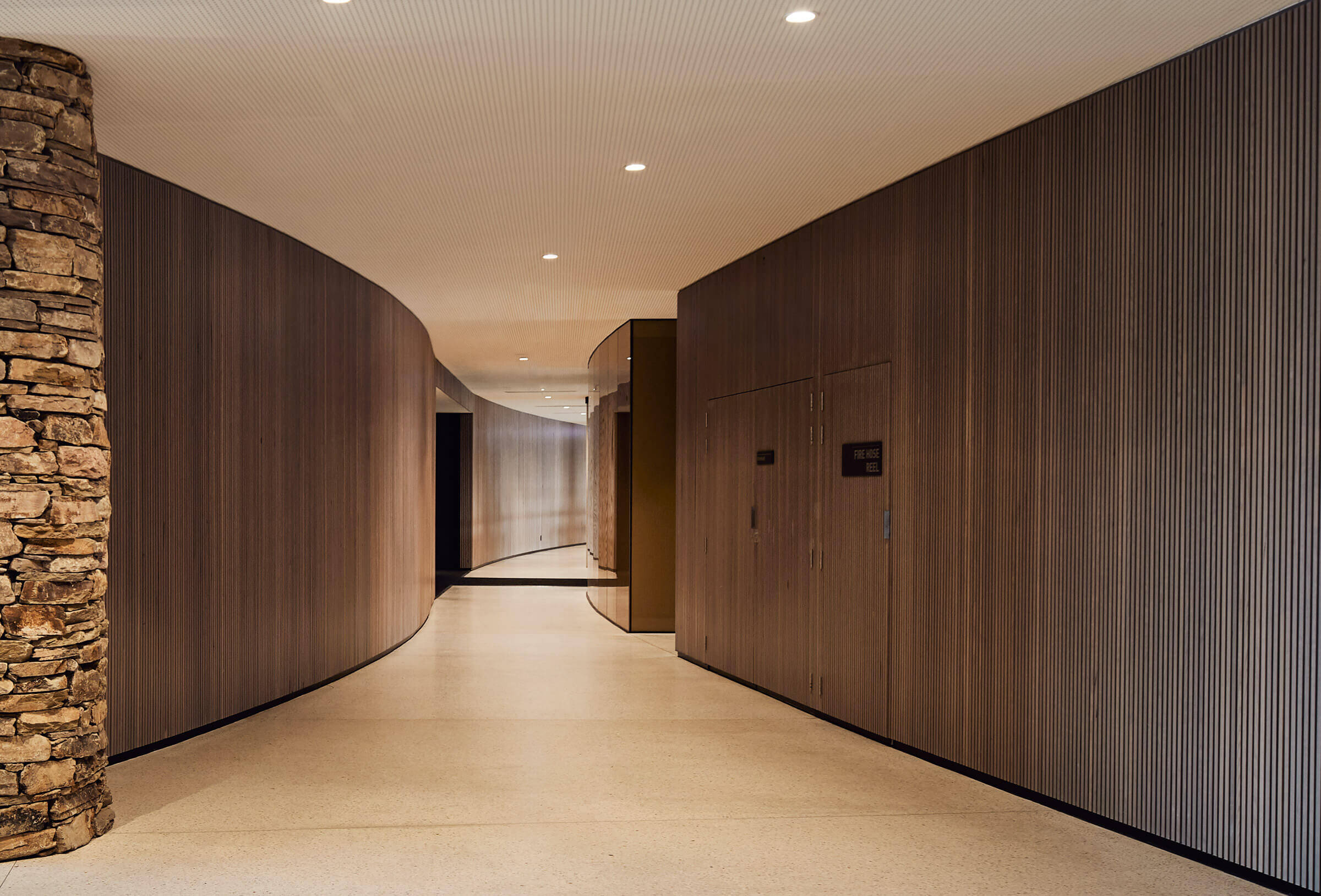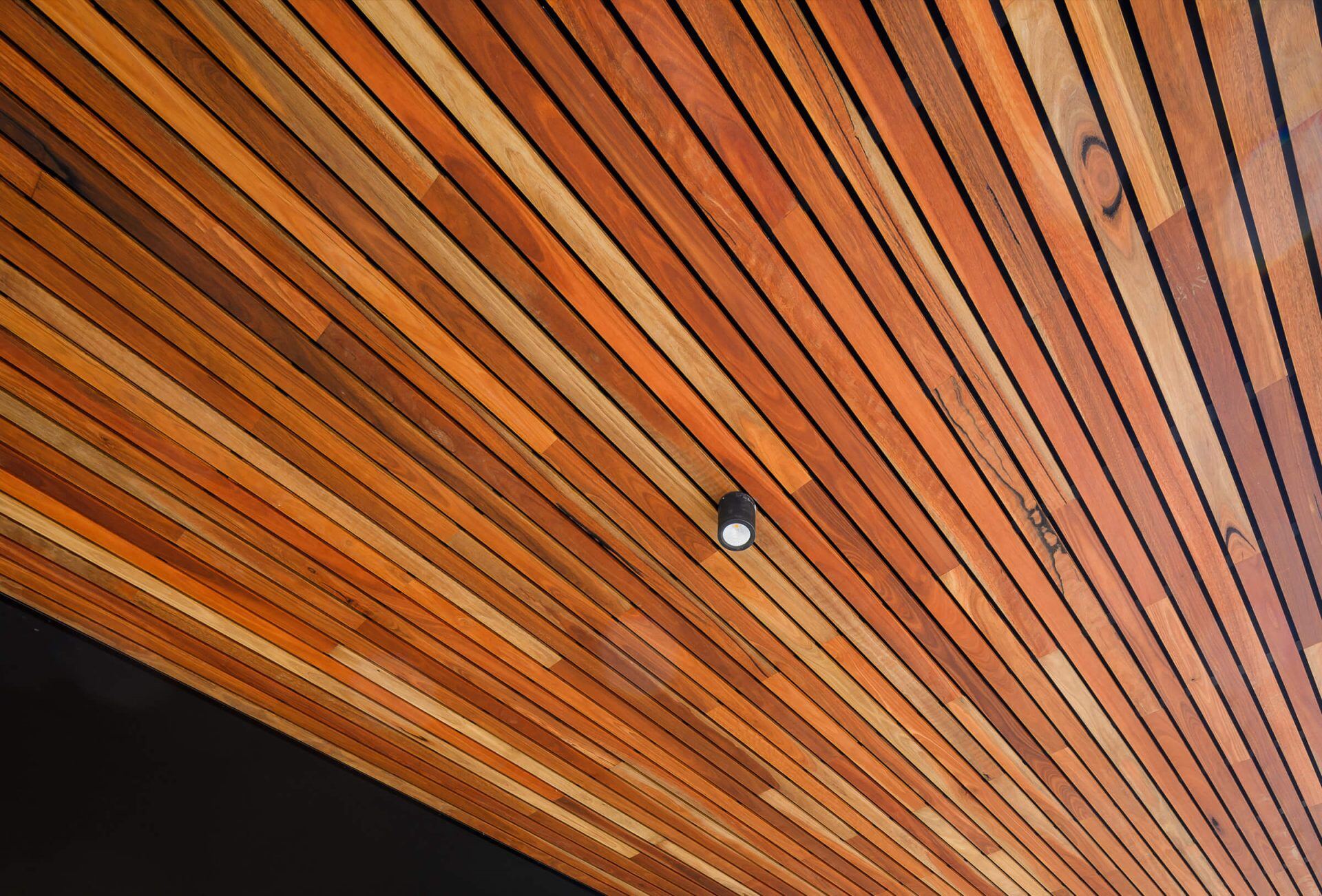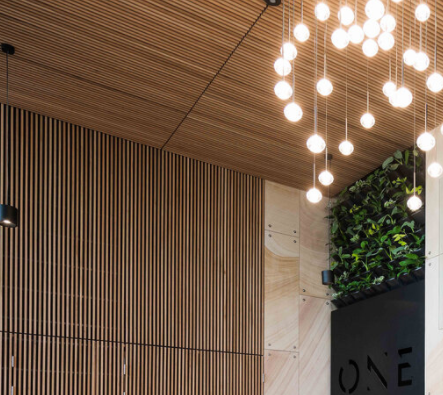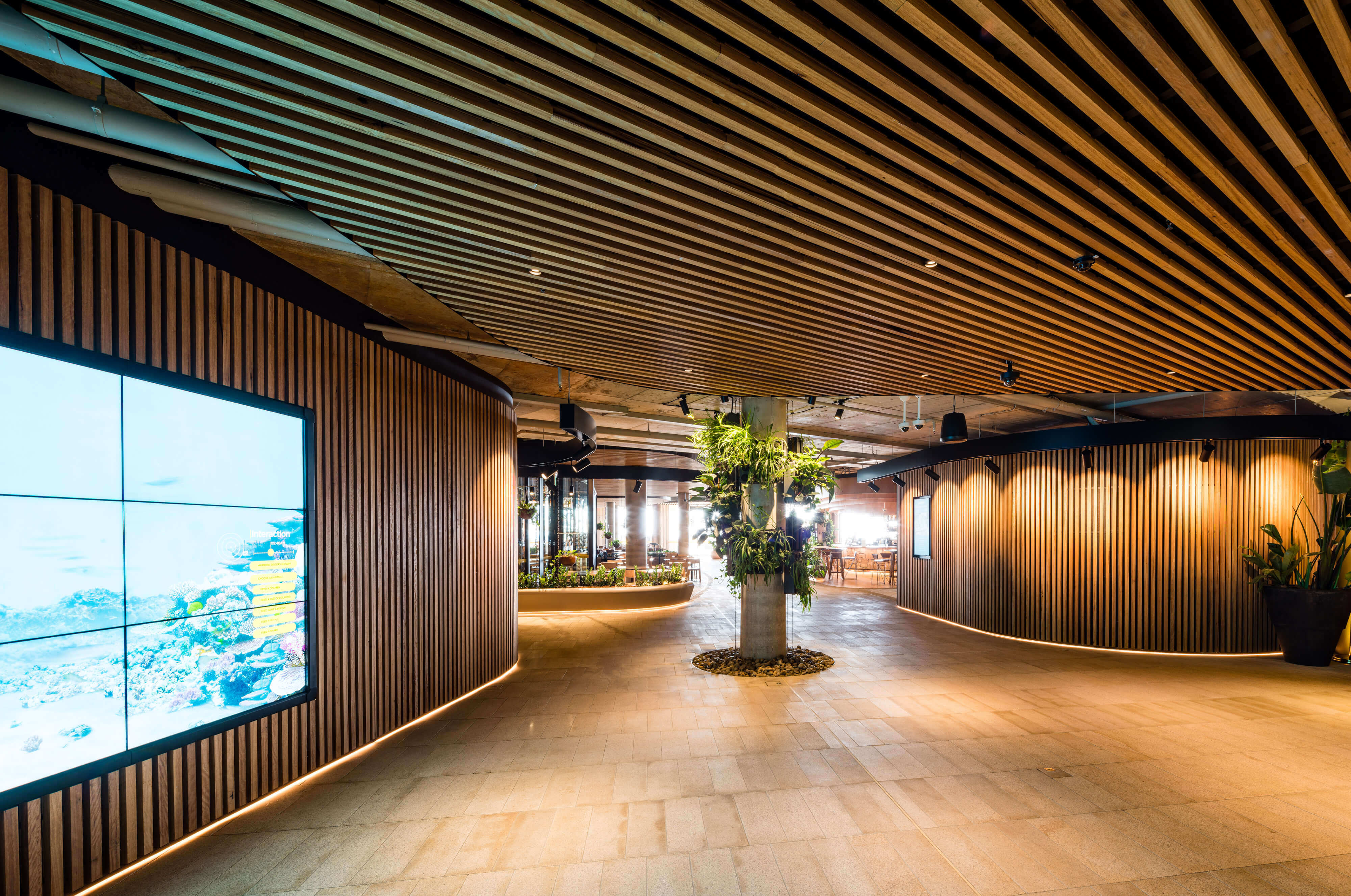15 January 2023

With a range of feature wall and ceiling systems available, you want to choose the best solution for your project. Stick-Built and panelised systems tend to be the most commonly used solutions…but which is better?
They can both achieve similar results, however, we believe stick-built systems are superior in many ways, especially in the area of finished product quality.
Stick-Built system modular components are delivered then assembled piece-by-piece on the construction site. Panelised systems consist of pre-built panels constructed in the factory of the manufacturer and delivered to site ready to install. Panelised and stick-built systems can both achieve similar results, with the installation method being the main differentiator; stick-built is more adaptable to onsite conditions.
Below we have outlined the pros and cons of each to help you understand which option better suits your project.

Most stick-built systems use modular components, which allows flexibility in both design and installation. This approach provides the following benefits:


While modular components offer versatility, they also present opportunities for mistakes due to the extra work required during installation.
Manufacturers: Sculptform, Modinex and Mortlock are examples of manufacturers that provide stick-built systems.

Manufacturers: Screenwood, Supawood Architectural Linings and Aktar are examples of manufactures that offer panel systems.
| Panel | Stick Built | Sculptform | |
| Is the system modular? | No | Yes | Yes |
| Is the system easy to adjust? | No | Yes | Yes |
| Is it easy to replace parts of the system? | No | Yes | Yes |
| Is there visual disruption on the finished product? | Yes Express join lines must be shown. |
No | No |
| Is there more labour involved in installing? | No | Yes | No |
| Are there too many choices? | No | Yes | No. Our online Price & Spec tool makes it easy to choose components to specify. |
| Is there more wastage onsite? | No | Yes | No. Our end-matching capability is one example of why there is less waste on-site. |
| Is it easily impacted by poor workmanship? | No | Yes | No. Our pre-indexing and easy system helps installers use it without issue. |
| Is this constructed off-site? | Yes | No | No. However, our tracks can be cut to length and labelled to achieve a high percentage of off-site construction. |
| Is quality easy to control? | Yes | No | Yes |
| Is the product available off the shelf? | Yes | No | No, but we have an efficient make-to-order supply chain. |
| Is there a need for shop drawings? | Yes | No | No |
| Is the product easy to transport? | No | Yes | Yes |
Our clients are at the heart of every project. It’s our job to deliver on the big picture and the smallest detail. We’re your proactive design partner – we’ll listen to you and work with you to make sure the job gets done right.
If you have any questions about panelised or stick-built systems you can contact us below or give us a call on 1800 008 828.
